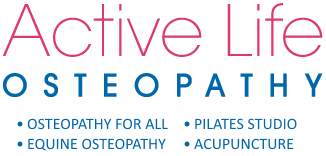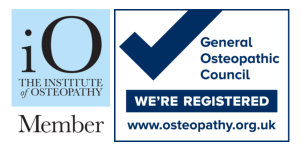-
Osteopath, Chiropractor or Physiotherapist?
I get asked this question a lot and it is quite difficult to answer.
I will try and make it as simple as possible so any patient can make an informed decision on what profession will most benefit their needs.
The difference between an Osteopath, Chiropractor and a Physiotherapist is that the Chiropractor is focused on just the spine and joints. Osteopaths are concerned with the whole body. If you have a problem with your hip, they would work on this area as well as the knee, back or opposite side if they think it is a contributing factor. They will also treat patients with digestive problems and circulatory conditions that may not seem related to bones and muscles. A Physiotherapists treatment tends to be more area specific. Your problematic hip will be treated and specific exercises and advice would be given for that area.
Chiropractors use techniques called adjustments, which is specific to aiming joint position and function. Osteopaths use mobilisations, manipulations and soft tissue work. Physiotherapists may use soft tissue; exercise and sometimes equipment such as a Tens machine to treat the area of complaint.
All professions are highly trained at undergraduate level and are great clinicians.
I think the best way to finding a good practitioner is to go with someone who has been recommended and has actually got them better! If you have been seeing a practitioner for a while and you haven’t improved or had any guidance with your condition, then you need to start asking whether that practitioner is right for you. You should feel comfortable and confident in what they are doing. Check that they are also registered with their governing body and are fully insured.
From a treatment perspective, the practitioner should look at every patient as an individual and treat them globally, i.e. looking at past history, lifestyle factors, other musculoskeletal conditions and long standing conditions contributing to the problem area. These practitioners will treat the whole you and set up a treatment and rehabilitation program to help you.
In short, all three professions can examine, diagnose, form a management program and treat problems with your joints, bones, soft tissue, muscles and nerves by looking at the presenting complaint and viewing the function of your body. If you have any major health concerns, you should consult your GP first before choosing to go ahead with a manual practitioner.
Taking all of the above into consideration, it doesn’t really matter what your professional is called. What matters is that you find a good practice and a practitioner that you trust will help you with your condition.






